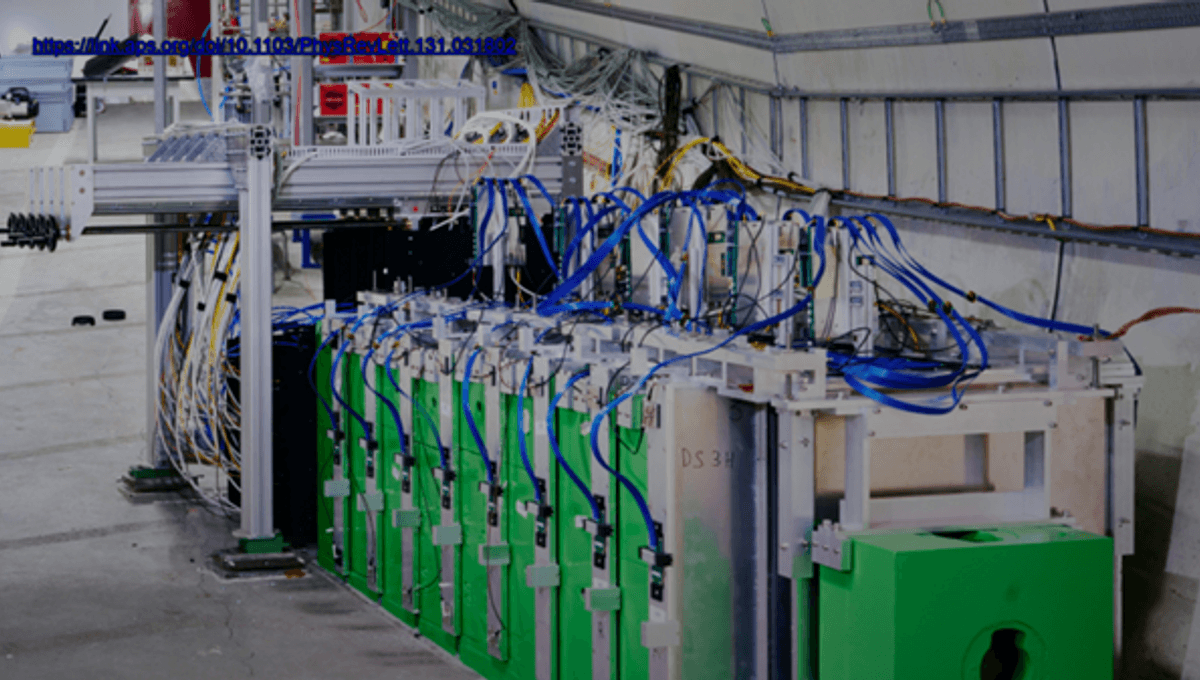In the 1930s, physicists made a puzzling discovery. The products of nuclear reactions seemed to carry less energy than the particles that came before them. This defied the law of conservation of energy, leading scientists to believe that there were missing particles. These elusive particles, called neutrinos, were thought to be extremely light and interact only weakly with other objects. Their elusive nature made them difficult to detect.
Despite initial skepticism, neutrinos were finally confirmed to exist in 1956 when they were detected coming from a nuclear reactor. This groundbreaking finding even earned a Nobel Prize. Since then, neutrinos have been found originating from various sources such as the Sun, cosmic ray interactions with the atmosphere, and powerful astronomical events like supernovas.
The Forward Search Experiment (FASER) collaboration states, “With each new source, new insights have emerged, with implications for particle physics, geophysics, astrophysics, and cosmology.” Researchers have identified three types of neutrinos, known as flavors. Although trillions of neutrinos pass through our bodies every second, only a tiny fraction interact with other particles, requiring massive underground tanks of water to detect their tracks.
While the numbers of neutrinos produced in machines like CERN’s Large Hadron Collider are minuscule compared to those from astronomical sources, two independent teams have now successfully detected them.
“Neutrinos are abundantly produced in proton colliders like the LHC,” explained Cristovao Vilela of the SND@LHC Collaboration. “However, until now, they had never been directly observed. Their weak interaction with other particles makes their detection extremely challenging, making them the least studied particles in the Standard Model of particle physics.”
Neutrinos are the only particles in the Standard Model that had not been detected from particle colliders until now.
The two teams took different approaches to capture neutrinos. The FASER collaboration placed their detector along the beam line, allowing the highest energy neutrinos to pass through. Although still difficult to observe, high-energy neutrinos are more likely to interact with matter than lower-energy ones.
The FASER detector, consisting of 730 sheets of tungsten with emulsion films between them, detected 153 neutrinos with energies exceeding 200 billion electron volts over five months of observations.
On the other hand, SND@LHC placed their detector to the side and observed only eight candidate events. Both teams shielded their detectors with a hundred meters of rock and concrete to block out other particles. Neutrinos, with their low chance of interacting with matter, passed through unaffected. However, the SND@LHC detector picked up tens of millions of muons, which triggered similar signals for every neutrino detected.
Trying to distinguish neutrino interactions from those caused by muons is like searching for needles in haystacks.
The discovery has been published in two papers in Physical Review Letters by FASER and SND@LHC.
H/T Phys.org








